Tracking the Impacts of WNS at Wisconsin’s Stonefield Historic Site
“Just like the old days, eh Heather?” Kent softly clicks his tally counter as he sits in his folding chair on the other side of
Since Merlin first introduced bat houses to North America in 1982, one of the most frequently asked questions has been, “Where can I purchase a good bat house?” The next question that always follows is, “How do I know bats will come?”
Over the decades, we’ve learned much about bat preferences and how to attract them. Today, high-quality bat houses, when properly located, are achieving up to 80% success in attracting bats. However, finding reliable vendors whose bat houses meet the needs of bats has been the biggest challenge. Many purchasers have become discouraged by the failure of cheap, poorly constructed bat houses or even good ones sold with inadequate instructions. It’s crucial to ensure that the bat house you purchase is made with proper materials, design, and dimensions, and is installed in the correct location. By doing so, you can provide a safe and comfortable roosting space for bats while enjoying the benefits of these incredible animals in your yard. We hope to help you on your journey to selecting a quality bat house.
The Bat House Guide combines the wisdom of America’s most experienced bat house pioneers and innovative builders worldwide. It is the definitive resource for bat house information. Coauthors, Dr. Tuttle, and Danielle Cordani share their findings from surveys of thousands of houses, explaining conflicting results and opinions, and suggesting areas for further experimentation.
Guided by dazzling photographs, readers will not only discover bat houses from all over the world but learn how to construct and mount their very own. The book also includes builder’s plans, key criteria for success, novel options, suggestions for experimentation, and frequently asked questions.
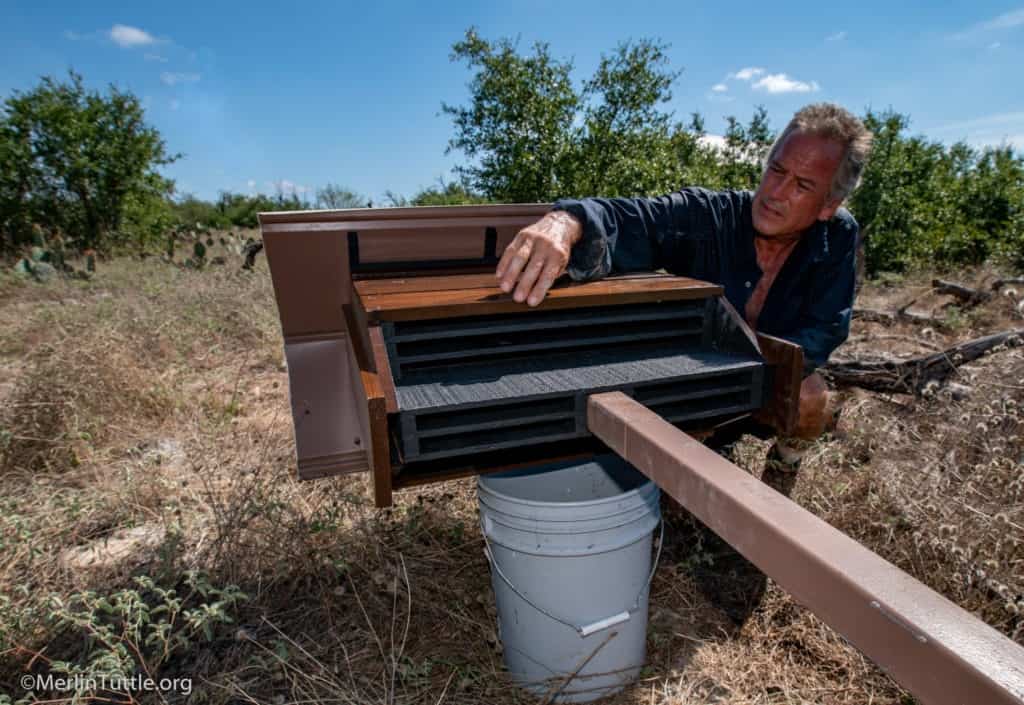
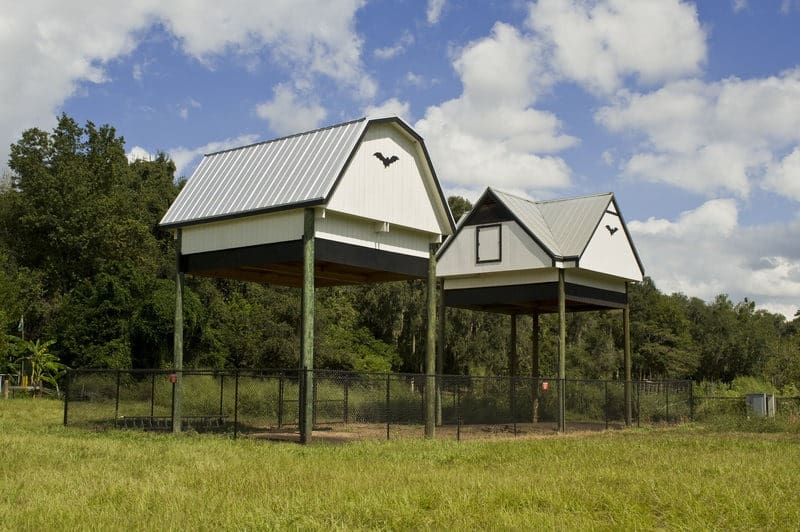
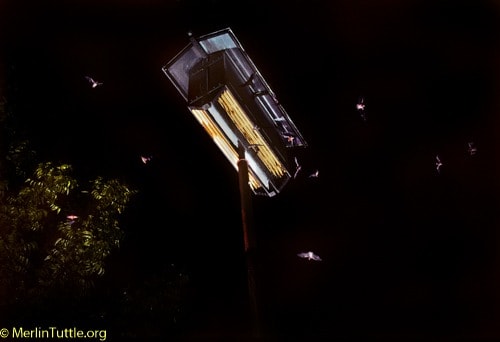
With the improvement in bat house quality and knowledge of preferred mounting locations, the exact size and number of chambers have become less important. As long as bat needs are met, a wide variety of bat houses can be successful.
Single-chamber houses are often more vulnerable to temperature change compared to double- or triple-chamber houses. However, they can be successful when exposed to appropriate amounts of sun or shade, or when mounted on buildings that stabilize temperature. Taller houses offer a range of temperatures and are more likely to meet bat needs, regardless of the number of chambers.
Multiple bat houses of different colors or sun exposure often work well when placed in close proximity to one another. An early bat house study showed that people who provided two or more houses were twice as successful. Before purchasing a large bat house designed to shelter hundreds or thousands of bats, we recommend starting with multiple single-chamber houses of varied color or sun exposure to offer a variety of temperatures for bats to roost. By watching bat behavior on especially hot or cool days, you can easily evaluate what they need in your particular location.
In colder regions, bats have a strong preference for dark brown or black houses and they should be position to maximize solar heating. In hot climates, medium brown houses can still be attractive if they’re well-vented and have a metal roof to protect from the mid-day sun. Unless protected by a roof, lighter-brown (or equivalent) and well-vented houses are preferred.
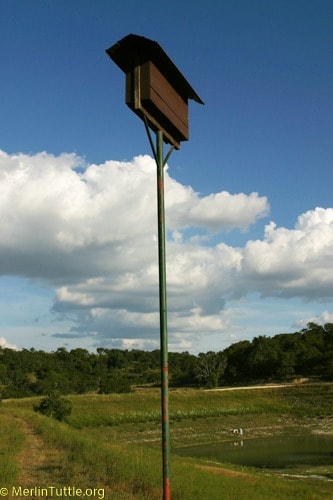
Bats thrive in mixed habitats near freshwater sources like lakes or rivers. They also tend to form successful colonies in buildings where they’ve attempted to roost. While not all bat species prefer o roost in crevices, those that do are typically the most abundant, including at least ten species that occupy bat houses in North America. On the other hand, areas surrounded by large expanses of buildings or single-crop agriculture tend to be the least attractive to bats.
It’s important to place bat houses in sunny areas, except in the hottest climates. The outer walls of buildings are the most suitable mounting sites for small bat houses, especially in arid areas or cold climates. Buildings act as heat sinks, which help to stabilize the temperature inside the houses. A North American study found that bat houses mounted on trees are the least successful and take, on average, twice as long to attract bats even when successful. Bat houses on tree trunks are typically more shaded and are also more vulnerable to predators. To avoid areas of potentially high predation, it’s best to keep bat houses at least 20 feet from the nearest tree limbs or perches. In warm climates, pole-mounted houses may require snake guards similar to those used to protect purple martins.
In areas of high demand, even poorly designed bat houses can attract occupants within a few days. On average, it takes two to six months for bats to occupy a bat house, and in some cases, it may take years for successful occupancy. Areas where bats have previously used bat houses are likely to experience early success. Extraordinarily successful houses, particularly those that are larger in size, may take two to three years or more to attract occupants. It is worth noting that the largest bat houses often take the longest to attract their first occupants, but with time and patience, large-scale constructions can eventually attract thousands or even hundreds of thousands of bats.
It is important to be patient and avoid the temptation to add bat guano or other attractants, as there is no evidence to suggest that this will expedite the process. Some bat houses may attract occupants immediately, but in areas where bat houses have not been used before, it often takes between 12 to 18 months for bats to occupy the space.
Learn more about how MTBC is improving bat houses in America.
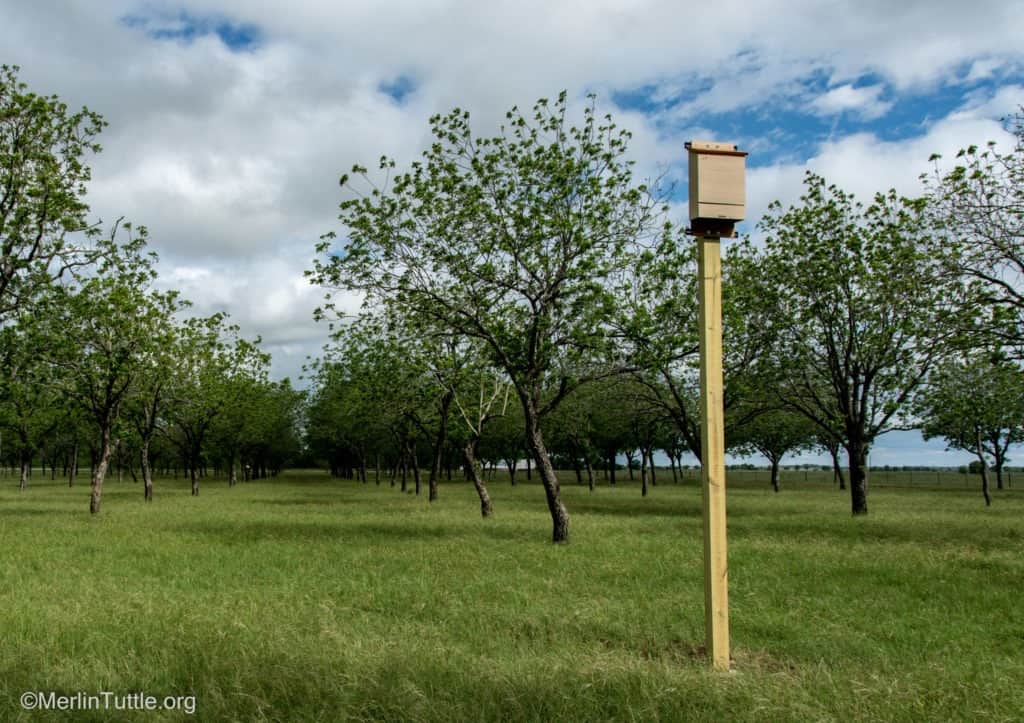
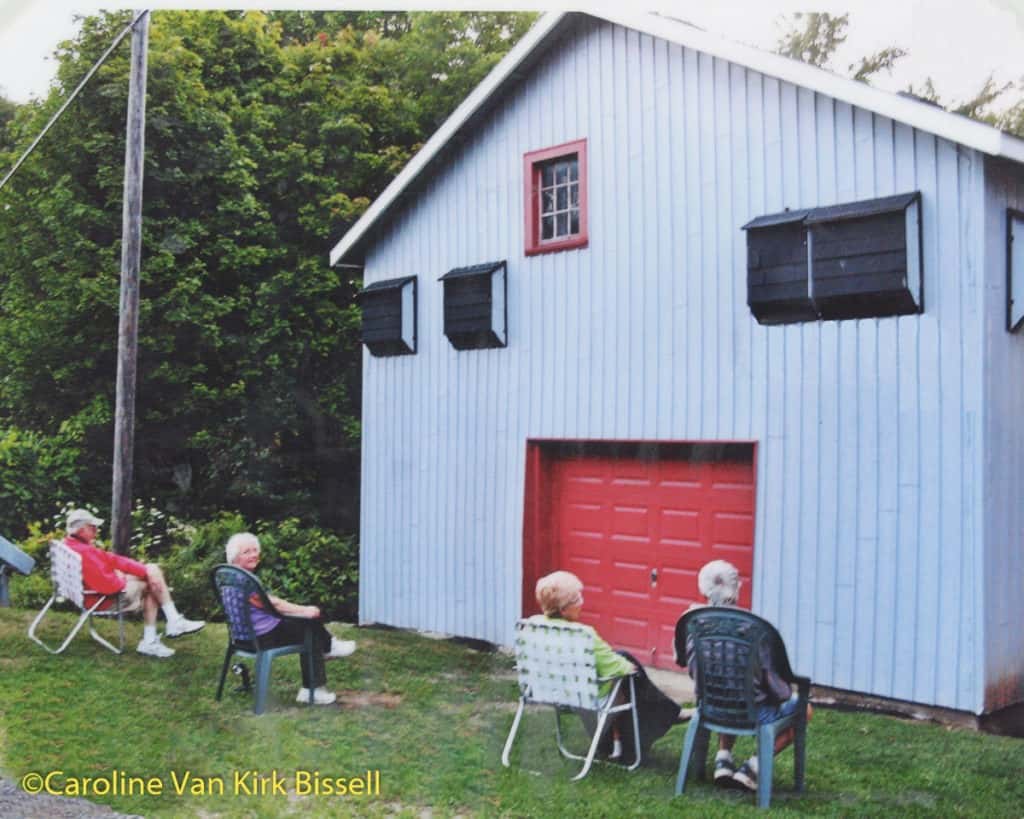
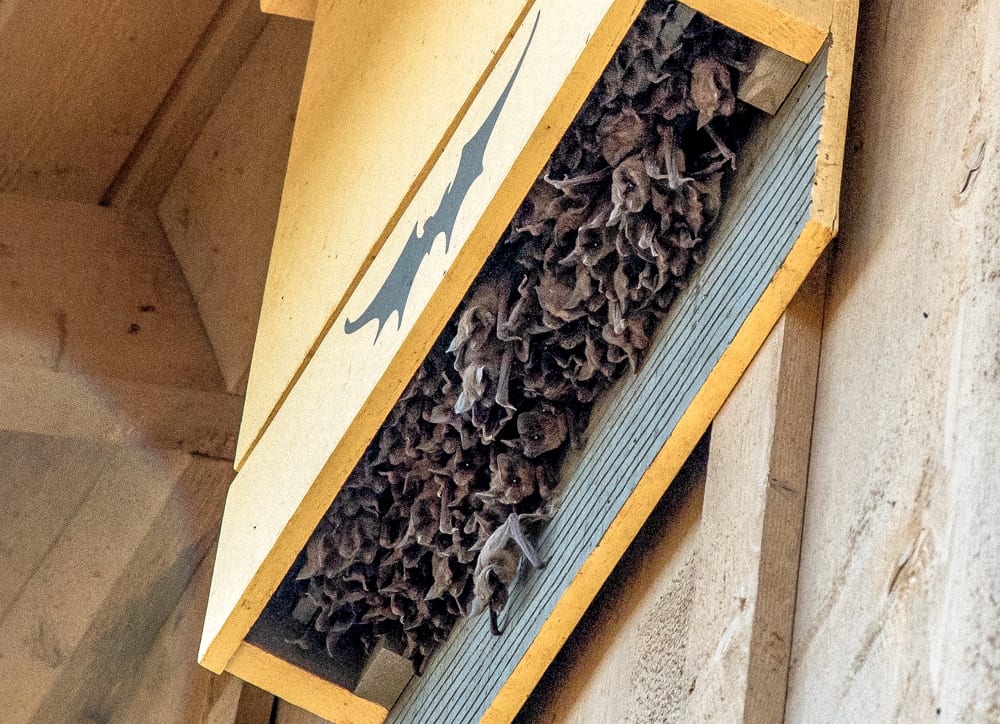
The following retailers (listed alphabetically) meet most of our criteria for bat house access and longevity, To be considered for our certification program, please use our Instructions for Applicants.
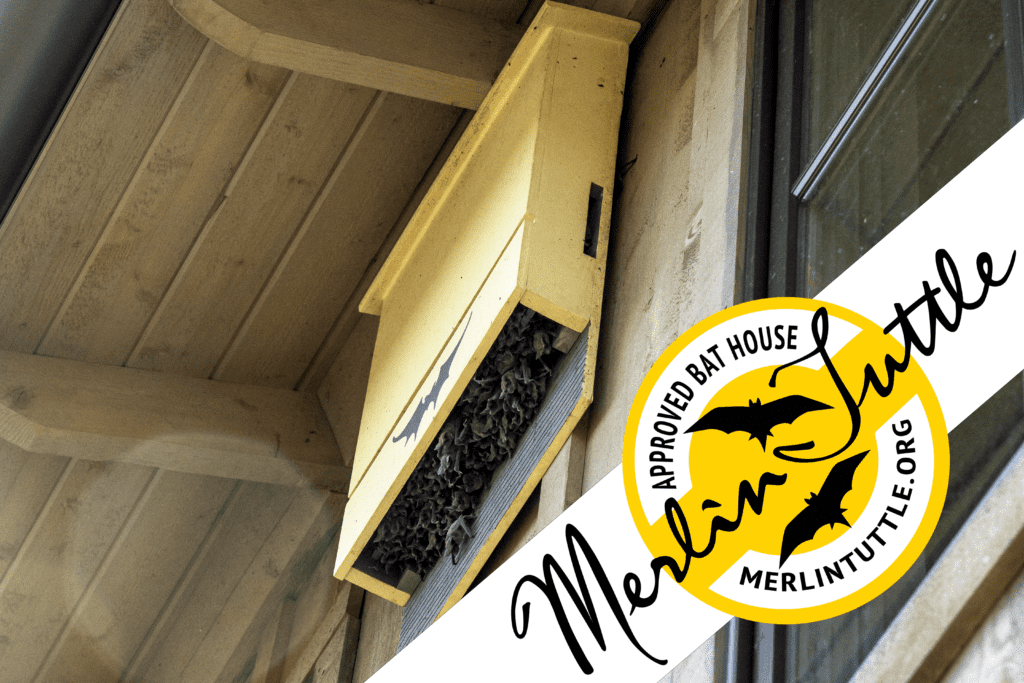
We invite suggestions and feedback on your experiences.
If you would like to help keep this resource available, please consider making a donation or joining MTBC as a member!
Love our content? Support us by sharing it!
“Just like the old days, eh Heather?” Kent softly clicks his tally counter as he sits in his folding chair on the other side of
It’s summertime (in the Northern Hemisphere) and the evening skies are alive with activity. As the sun sets, bugs are flying around and bats are
How hot is too hot? When it comes to bats and their ideal roosting temperatures, striking the right balance is crucial. We know that bats
Thirty-six attendees from eight states attended our second annual “Join the Nightlife” workshop, a unique collaboration organized by Merlin Tuttle’s Bat Conservation (MTBC), in partnership
2024 © Merlin Tuttle’s Bat Conservation. All rights reserved.
Madelline Mathis has a degree in environmental studies from Rollins College and a passion for wildlife conservation. She is an outstanding nature photographer who has worked extensively with Merlin and other MTBC staff studying and photographing bats in Mozambique, Cuba, Costa Rica, and Texas. Following college graduation, she was employed as an environmental specialist for the Florida Department of Environmental Protection. She subsequently founded the Florida chapter of the International DarkSky Association and currently serves on the board of DarkSky Texas. She also serves on the board of Houston Wilderness and was appointed to the Austin Water Resource Community Planning Task Force.
Michael Lazari Karapetian has over twenty years of investment management experience. He has a degree in business management, is a certified NBA agent, and gained early experience as a money manager for the Bank of America where he established model portfolios for high-net-worth clients. In 2003 he founded Lazari Capital Management, Inc. and Lazari Asset Management, Inc. He is President and CIO of both and manages over a half a billion in assets. In his personal time he champions philanthropic causes. He serves on the board of Moravian College and has a strong affinity for wildlife, both funding and volunteering on behalf of endangered species.